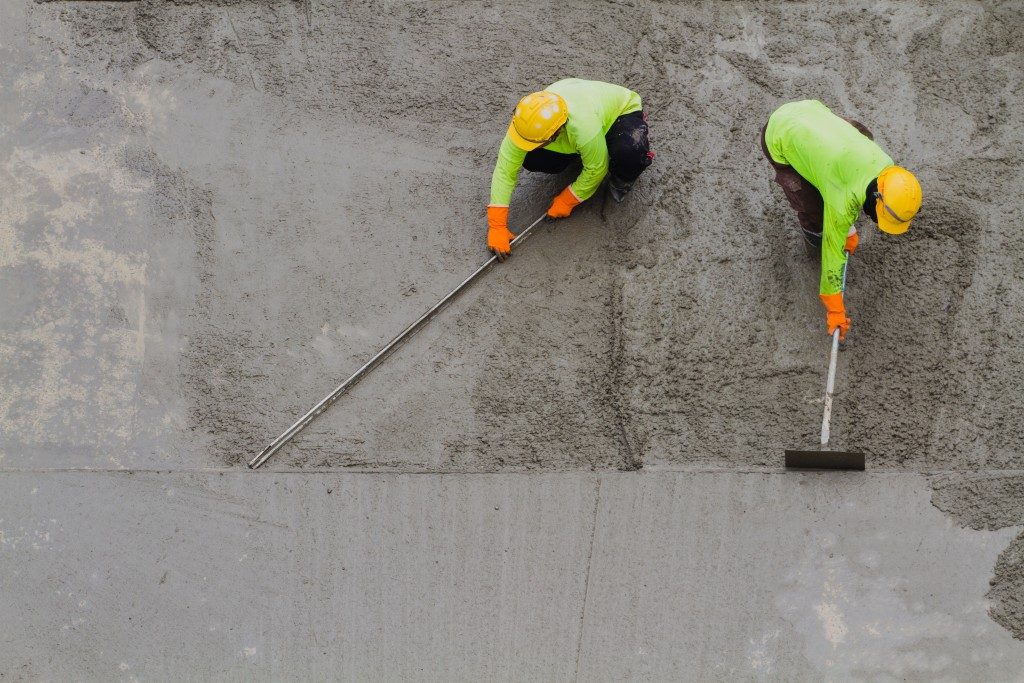Concrete offers durability and visual appeal to any commercial or residential property. It is used in patios, parking lots, walkways, driveways, roads, and other places that get a lot of foot and vehicle traffic. While concrete offers a lot of advantages and benefits, it is not 100% perfect.
The improper use and maintenance of concrete, not to mention extreme weather conditions, can lead to a few concrete problems that can affect its appearance and start to cause damage. In Salt Lake City, experts sometimes do concrete lifting work to elevate slabs of concrete that have started to sink. Besides that, here are a few more things to look for when working with concrete:
Discoloration
This can happen due to weather, a lack of curing time, and material exposure. The discoloration is easily solved with the use of a concrete cleaner or a pressure washer. If this fails, you can consider concrete staining that will add color to any surface. For this procedure, it is important to clean the concrete and follow the detailed and step-by-step instructions.
Crazing
This refers to the group of fine cracks that are visible in the concrete. It does not, however, extend all the way up to the surface. If this is the case, the crazing is more of a cosmetic issue than a structural one. This means that the structural integrity of the concrete is not damaged even with the visible crazing. Crazing happens when the concrete is poorly finished. You can have a contractor touch it up if you’re worried that clients and customers might be concerned about the cracks.
Cracking

This is one of the most common problems people experience when working with concrete. As concrete cures, it will eventually shrink, and the shrinkage can result in the exterior cracking of the joints. Even with the presence of deep cracks, the concrete remains strong and structurally sound. One great way to address concrete cracking is to place additional concrete fillers or caulk. Alternatively, you can also use a concrete sealant to prevent water retention and seepage.
Spalling or Scaling
This happens when parts of the concrete surface begin to chip away. This is often the result of very poor concrete finishing, weakened surface, improper curing, freeze-thaw, and water seepage. When left untreated, this can spread to other areas. To repair this, you may add a light coat of concrete to fill the scaled parts. If the damage is big, your contractor might need to work on the sections separately and refill them. This, of course, requires separate drying and curing times, so expect a little downtime.
These are examples of problems that often happen with concrete. When this happens in your home or garage, don’t panic. The house isn’t going to fall apart. Observe the damage, and if it continues to worsen, call the professionals.
A simple cleaning or scrubbing task can be done by anyone. But when it comes to filling cracks and lifting slabs of concrete, it requires expert skill and experience.
